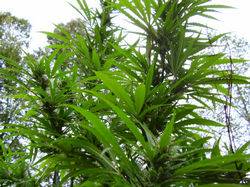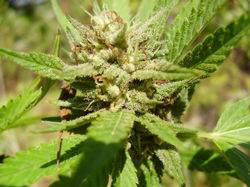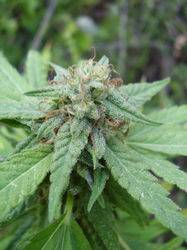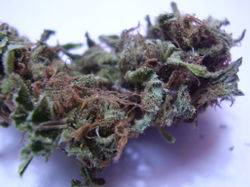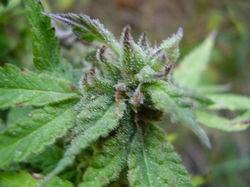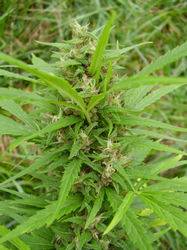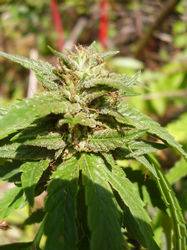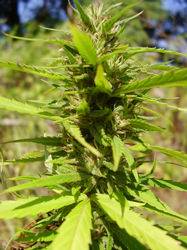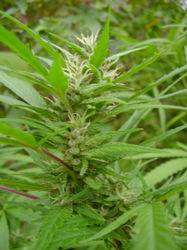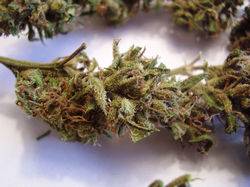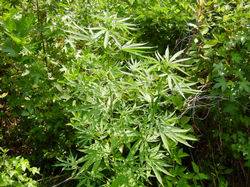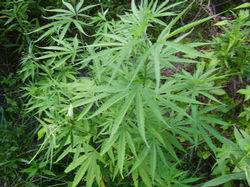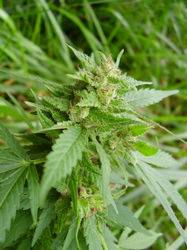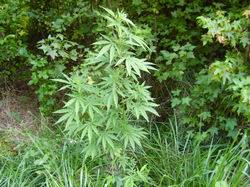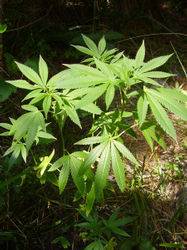George Hayduke
Member
hey guys I did a search and found nothing for us!!!
now where are all my good ol’ country appalachian mountain tokers/growers/folk at???
the west coast is always talking about their weed… but little do they know some of the best in the world is grown right here in these ranges!!!
but little do they know some of the best in the world is grown right here in these ranges!!! 

its time to unite!!!!




now where are all my good ol’ country appalachian mountain tokers/growers/folk at???

the west coast is always talking about their weed…
 but little do they know some of the best in the world is grown right here in these ranges!!!
but little do they know some of the best in the world is grown right here in these ranges!!! 

its time to unite!!!!





Last edited:


